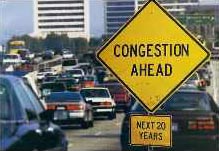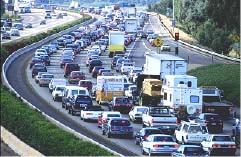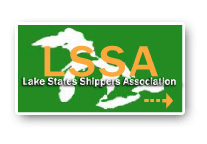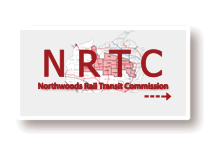Freight Corridor and Infrastructure Activity
So what happens if we do nothing?
"The answer can be found in your own imagination. The next time you merge onto a freeway anywhere in the region, imagine that you are now sharing this road with 25% more automobiles and 50% more trucks. Imagine what your driving experience will be like. Imagine how long your trip will take. Imagine how comfortable and safe you will feel. Imagine, too, the impact that this strangled transportation system will have on the wellbeing of your community, as transportation costs make it less competitive. If you can imagine these things, you have a good understanding of the consequences of taking no action."
The next time you merge onto a freeway anywhere in the region, imagine that you are now sharing this road with 25% more automobiles and 50% more trucks. Imagine what your driving experience will be like. Imagine how long your trip will take. Imagine how comfortable and safe you will feel. Imagine, too, the impact that this strangled transportation system will have on the wellbeing of your community, as transportation costs make it less competitive. If you can imagine these things, you have a good understanding of the consequences of taking no action."
Upper Midwest Freight Corridor Study
Do the same from a freight perspective: Imagine you are a small midwest-based manufacturer, 200 employees, important in your community, your product supplying major retailers (e.g. Wal-Mart or Target) or parts to Ford or General Motors. You have kept a step ahead of low-labor-cost foreign competition, cutting inventory and other costs, relying on just-in-time, fast release and supply chain integration practices. Now, imagine 25% more automobiles and 50% more trucks on your highway freight lanes, with no increased capacity. Time-in-transit becomes longer and less consistent, adding both transportation and inventory costs. Your edge on the competition is gone.
Add the obvious variations on this scenario, and imagine it tens-of-thousands of times over. Then, you may begin to appreciate the consequences of taking no action - for freight, for jobs, for the value of private and public investments in infrastructure and basic competitiveness of the region.
There is nothing about this that is imaginary. It is hard reality about how the vitality and projected growth of the economy of the region could be stifled.
CCFC is a means of doing something about it.



